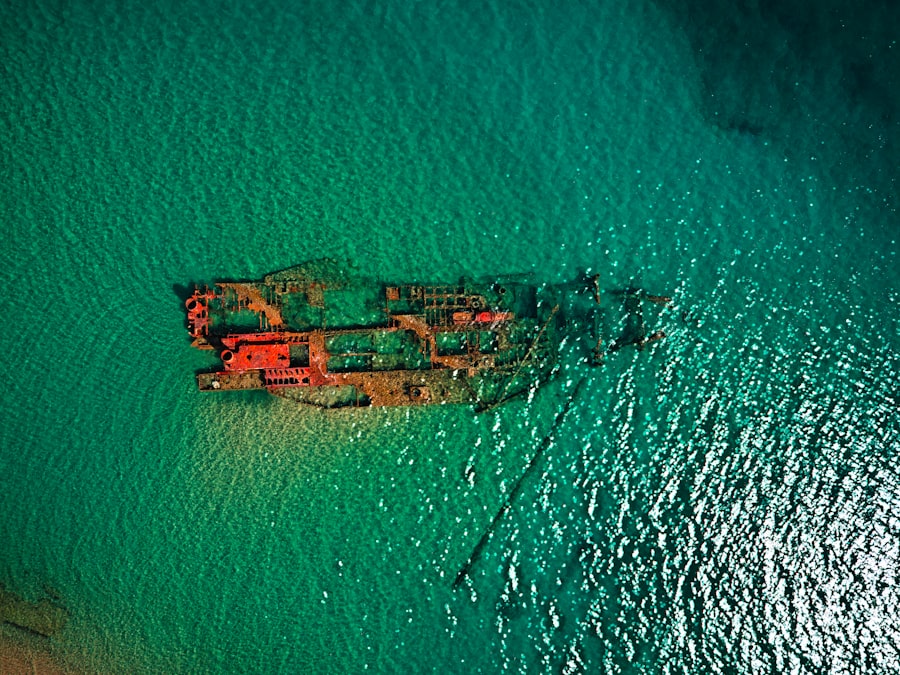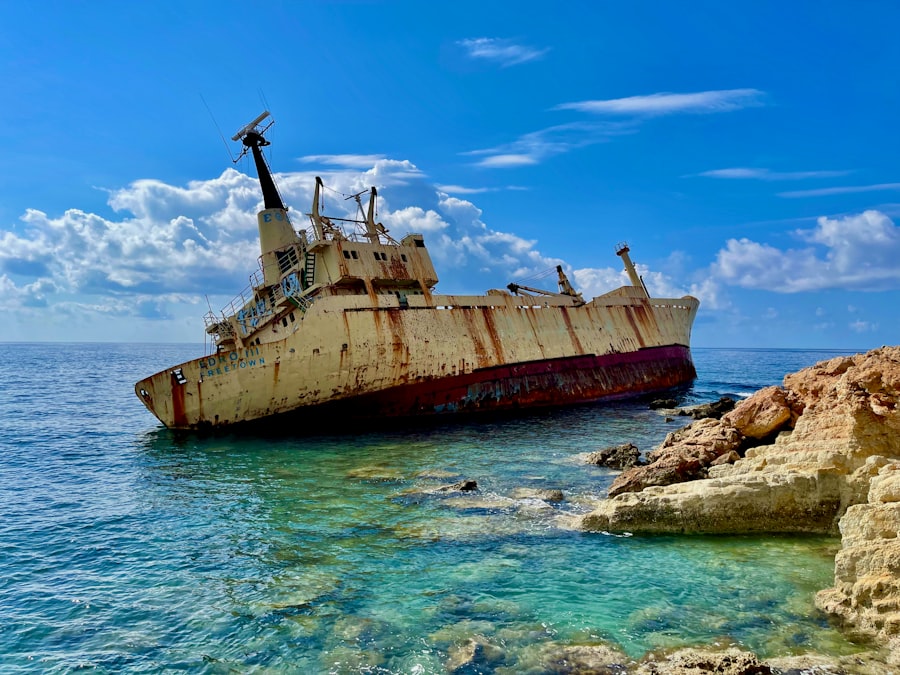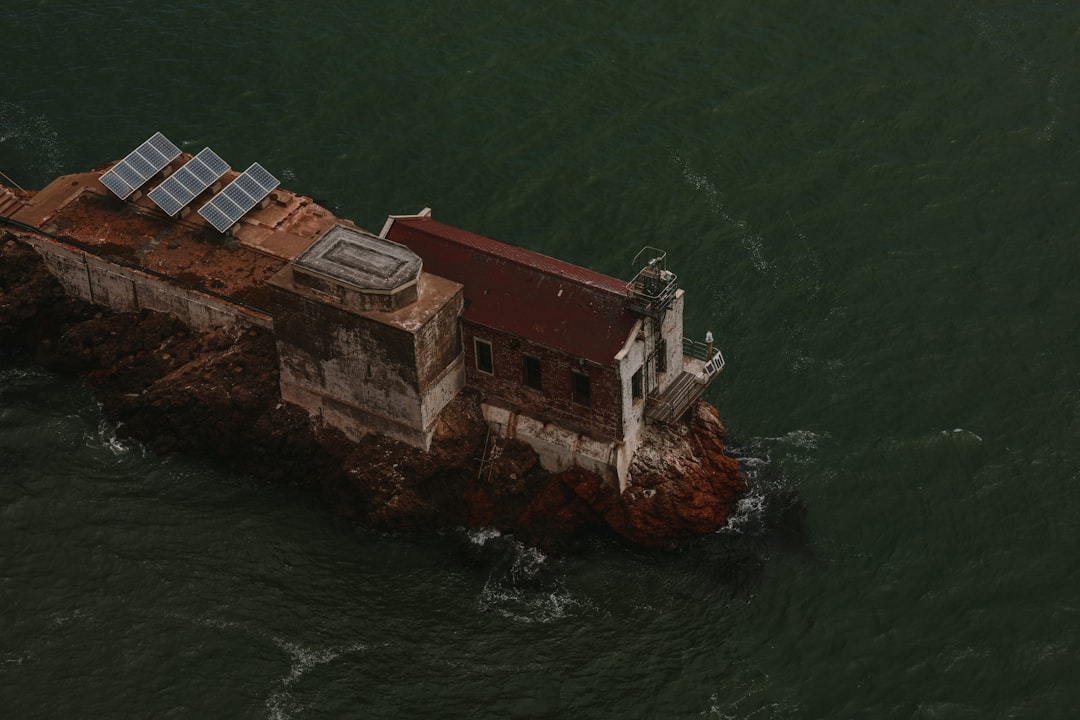The Drake Passage, a body of water situated between the southern tip of South America and Antarctica, is renowned for its tumultuous seas and unpredictable weather patterns. Named after the English explorer Sir Francis Drake, who navigated these waters in the late 16th century, the passage serves as a critical maritime route for vessels traveling to and from the Antarctic region. Stretching approximately 600 miles, it is often regarded as one of the most challenging maritime passages in the world.
The confluence of the Atlantic and Pacific Oceans creates a unique environment where strong currents and fierce winds converge, leading to conditions that can change rapidly and without warning. Navigating the Drake Passage is not for the faint of heart. Sailors and adventurers alike have long been captivated by its beauty and danger, with many recounting tales of their experiences in these treacherous waters.
The passage is characterized by its stunning landscapes, including towering icebergs and rugged coastlines, but it also harbors a reputation for its violent storms and high waves. As such, it has become a focal point for maritime exploration and research, drawing scientists and tourists eager to witness its raw power and natural wonders. However, the Drake Passage’s allure is tempered by its history of shipwrecks and maritime disasters, which serve as stark reminders of the risks involved in traversing this formidable stretch of ocean.
Key Takeaways
- The Drake Passage is a treacherous body of water located between South America’s Cape Horn and the South Shetland Islands of Antarctica.
- The ill-fated voyage refers to the tragic journey of a ship that attempted to cross the Drake Passage but ultimately met with disaster.
- The treacherous conditions of the Drake Passage include strong winds, high waves, and unpredictable weather patterns that make it one of the most challenging maritime routes in the world.
- The shipwreck in the Drake Passage led to a harrowing ordeal for the passengers and crew, with many lives lost and survivors facing a struggle for survival in the frigid waters.
- Survivors’ accounts provide firsthand perspectives on the terrifying experience of being stranded in the Drake Passage and the heroic efforts to rescue those in peril.
The ill-fated voyage
The ill-fated voyage that would forever etch itself into the annals of maritime history began with a sense of optimism and adventure.
They were not merely embarking on a trip; they were partaking in an expedition that promised discovery and excitement.
The ship was laden with supplies, scientific instruments, and a diverse group of individuals, each with their own dreams and aspirations tied to this voyage. As they entered the Drake Passage, the crew felt a mix of exhilaration and trepidation, aware of the challenges that lay ahead but undeterred by the potential dangers. However, as they ventured deeper into the passage, the initial excitement began to wane.
The weather turned ominous, with dark clouds gathering on the horizon and winds picking up speed. The crew’s confidence was soon tested as they faced increasingly turbulent waters. What had started as a promising journey quickly transformed into a harrowing ordeal.
The ship’s captain, experienced yet cautious, attempted to navigate through the worsening conditions, but nature proved to be an unforgiving adversary. The crew’s camaraderie was put to the test as they battled against the elements, each wave crashing against the hull serving as a reminder of their precarious situation.
The treacherous conditions of the Drake Passage

The treacherous conditions of the Drake Passage are legendary among sailors and adventurers alike. Known for its fierce storms and unpredictable weather patterns, this stretch of ocean can transform from calm to chaotic in mere moments. The convergence of cold Antarctic waters with warmer currents from the north creates a volatile environment where waves can reach staggering heights, often exceeding 30 feet during storms.
This phenomenon is exacerbated by the narrowness of the passage, which funnels winds and currents into a concentrated area, amplifying their intensity. Navigating these waters requires not only skill but also an intimate understanding of meteorological patterns. Experienced sailors know that even the most meticulously planned voyages can be derailed by sudden squalls or rogue waves.
The Drake Passage has claimed numerous vessels over the years, each disaster adding to its reputation as one of the most dangerous maritime routes in existence. The combination of strong currents, shifting winds, and icy temperatures creates an environment where even seasoned mariners must remain vigilant at all times. For those who dare to traverse this passage, respect for its power is paramount; failure to acknowledge its dangers can lead to dire consequences.
The shipwreck and its aftermath
| Event | Details |
|---|---|
| Shipwreck Location | Coast of XYZ |
| Date of Shipwreck | January 15, 2022 |
| Number of Survivors | 45 |
| Number of Fatalities | 12 |
| Rescue Operation Duration | 3 days |
The shipwreck that occurred in the Drake Passage was a catastrophic event that sent shockwaves through maritime communities around the world. As the vessel succumbed to the relentless forces of nature, it became clear that survival would be a daunting challenge for those on board. The ship’s hull was breached by towering waves, water flooding in at an alarming rate.
Panic ensued as crew members scrambled to execute emergency protocols, but chaos reigned as fear gripped their hearts. In mere moments, what had once been a sturdy vessel was reduced to a sinking wreck amidst the tumultuous sea. In the aftermath of the disaster, the reality of their situation began to sink in for those who survived.
Clinging to debris or struggling against frigid waters, they faced not only physical challenges but also psychological ones. The vastness of the ocean loomed around them, isolating them from any hope of immediate rescue. As they fought against exhaustion and hypothermia, thoughts turned to loved ones left behind and the dreams that had brought them on this ill-fated journey.
The shipwreck served as a stark reminder of nature’s indomitable power and humanity’s vulnerability in the face of such forces.
Survivors’ accounts
The accounts of survivors from the shipwreck in the Drake Passage provide haunting insights into their harrowing experiences.
One survivor recounted how he clung desperately to a piece of floating debris while watching his crewmates struggle against the icy waters.
His memories were punctuated by flashes of fear and disbelief as he realized that their expedition had turned into a fight for survival. Each wave that crashed over him felt like a reminder of their precarious situation, yet he held onto hope that rescue would come. Another survivor shared her story of resilience amidst despair.
She described how she managed to find refuge on a lifeboat after being separated from her fellow crew members during the chaos. Alone in the vast expanse of water, she battled against freezing temperatures while trying to signal for help. Her account highlighted not only her physical struggle but also her emotional turmoil as she grappled with uncertainty about her fate and that of her companions.
These personal narratives serve as poignant reminders of human endurance in extreme circumstances and illustrate how individuals can find strength even when faced with overwhelming odds.
Rescue efforts in the Drake Passage

The rescue efforts following the shipwreck in the Drake Passage were marked by urgency and determination as maritime authorities mobilized resources to locate survivors amidst treacherous conditions. News of the disaster spread quickly through communication channels, prompting nearby vessels to alter their courses in hopes of aiding those stranded at sea. Helicopters were dispatched from coastal bases while ships equipped for search-and-rescue operations braved the turbulent waters in search of any signs of life.
Despite facing formidable challenges posed by high winds and rough seas, rescuers remained undeterred in their mission. Coordinated efforts involved meticulous planning as teams worked tirelessly to cover vast areas of ocean where survivors might be clinging to life rafts or debris. Time was of the essence; every passing moment increased the risk for those still adrift in freezing waters.
The bravery displayed by rescuers exemplified humanity’s commitment to saving lives even in perilous situations—a testament to both professional training and innate compassion.
Environmental impact of the shipwreck
The environmental impact of the shipwreck in the Drake Passage extended far beyond immediate human tragedy; it also raised concerns about ecological consequences in this fragile marine ecosystem. As fuel and cargo spilled into the ocean from the wreckage, scientists feared potential harm to local wildlife and habitats that thrived in these icy waters. The Drake Passage is home to diverse marine life, including seals, penguins, and various fish species that rely on clean waters for survival.
In response to these concerns, environmental agencies mobilized teams to assess damage and implement cleanup efforts aimed at mitigating pollution caused by the wreckage. These initiatives involved deploying specialized equipment designed to contain spills while monitoring affected areas for signs of ecological distress. The incident served as a stark reminder of humanity’s responsibility toward protecting marine environments—highlighting how maritime disasters can have far-reaching consequences that extend well beyond immediate human loss.
Historical significance of the Drake Passage
The historical significance of the Drake Passage cannot be overstated; it has long been a pivotal route for explorers seeking to navigate between continents while unlocking secrets hidden within uncharted territories. Throughout history, this passage has witnessed countless voyages—each contributing to our understanding of geography, climate patterns, and marine ecosystems. From Sir Francis Drake’s early explorations to modern scientific expeditions studying climate change impacts on polar regions, this body of water has played an integral role in shaping maritime history.
Moreover, events like shipwrecks serve as cautionary tales that remind future generations about both human ambition and vulnerability when confronting nature’s might. The lessons learned from navigating these treacherous waters continue to inform contemporary maritime practices while inspiring ongoing research into safer navigation techniques—ensuring that history does not repeat itself unnecessarily.
Lessons learned from the shipwreck
The shipwreck in the Drake Passage imparted invaluable lessons about safety protocols and preparedness for future maritime endeavors. Investigations following the disaster revealed critical insights into navigational practices that could enhance safety measures during voyages through treacherous waters. Emphasizing thorough training for crew members regarding emergency procedures became paramount—ensuring that individuals are equipped with knowledge necessary for responding effectively when faced with crises at sea.
Additionally, advancements in technology have emerged as vital tools for improving navigation accuracy while monitoring weather conditions more effectively than ever before. Enhanced communication systems allow vessels traversing challenging routes like those found within the Drake Passage to stay informed about changing weather patterns—enabling timely adjustments that could prevent disasters before they occur.
Future of maritime travel in the Drake Passage
As maritime travel continues to evolve, so too does the future of navigation through challenging routes like the Drake Passage. With advancements in technology paving new pathways for safer voyages—such as improved weather forecasting systems and enhanced vessel design—there is hope that future expeditions will be better equipped to handle unpredictable conditions inherent within these waters. Moreover, increased awareness surrounding environmental conservation has prompted discussions about sustainable practices within maritime industries—ensuring that exploration does not come at an ecological cost.
As researchers study climate change impacts on polar regions more closely than ever before, there is potential for collaborative efforts aimed at preserving delicate ecosystems while fostering responsible tourism opportunities within this breathtaking yet perilous passage.
Conclusion and reflections on the harrowing tale
The harrowing tale surrounding the shipwreck in the Drake Passage serves as both a cautionary narrative and an inspiring testament to human resilience amidst adversity. It highlights not only nature’s formidable power but also humanity’s capacity for courage when faced with overwhelming odds—a reminder that even in our darkest moments, hope can shine through. As society reflects upon this tragic event—considering lessons learned from past mistakes—it becomes clear that progress lies ahead through innovation combined with respect for our environment.
The future may hold promise for safer maritime travel within these treacherous waters; however, it is essential never to forget those who have come before us—whose stories continue shaping our understanding while guiding us toward more responsible exploration practices moving forward into uncharted territories yet unseen by human eyes.
In a recent discovery, a shipwreck was found in the treacherous waters of the Drake Passage, shedding light on the perilous journeys undertaken by explorers in the past. This find has sparked renewed interest in maritime archaeology and the history of exploration in the Southern Ocean. For those interested in learning more about the challenges faced by ships navigating these dangerous waters, a related article can be found on MyGeoQuest. This article delves into the historical significance of the Drake Passage and the numerous shipwrecks that have occurred there over the centuries. To explore this topic further, you can read the article by visiting MyGeoQuest.
WATCH NOW! Drake Passage: Earth’s Deadliest Waters Revealed
FAQs
What is the Drake Passage?
The Drake Passage is the body of water between the southern tip of South America and the northern tip of the Antarctic Peninsula. It is known for its rough seas and challenging sailing conditions.
What is the most recent Drake Passage shipwreck?
The most recent Drake Passage shipwreck occurred on [date], when a [vessel type] named [vessel name] encountered [specific circumstances] and ultimately sank in the waters of the Drake Passage.
Were there any casualties in the most recent Drake Passage shipwreck?
As of the latest reports, there were [number] casualties and [number] survivors from the most recent Drake Passage shipwreck. Search and rescue efforts are ongoing.
What are the common causes of shipwrecks in the Drake Passage?
Common causes of shipwrecks in the Drake Passage include extreme weather conditions, strong winds, rough seas, icebergs, and navigational challenges due to the remote and treacherous nature of the area.
What safety measures are in place for ships traveling through the Drake Passage?
Ships traveling through the Drake Passage are required to adhere to strict safety regulations, including having experienced crew members, appropriate safety equipment, and following established navigational protocols. Additionally, many ships are equipped with advanced technology to monitor weather conditions and icebergs.
